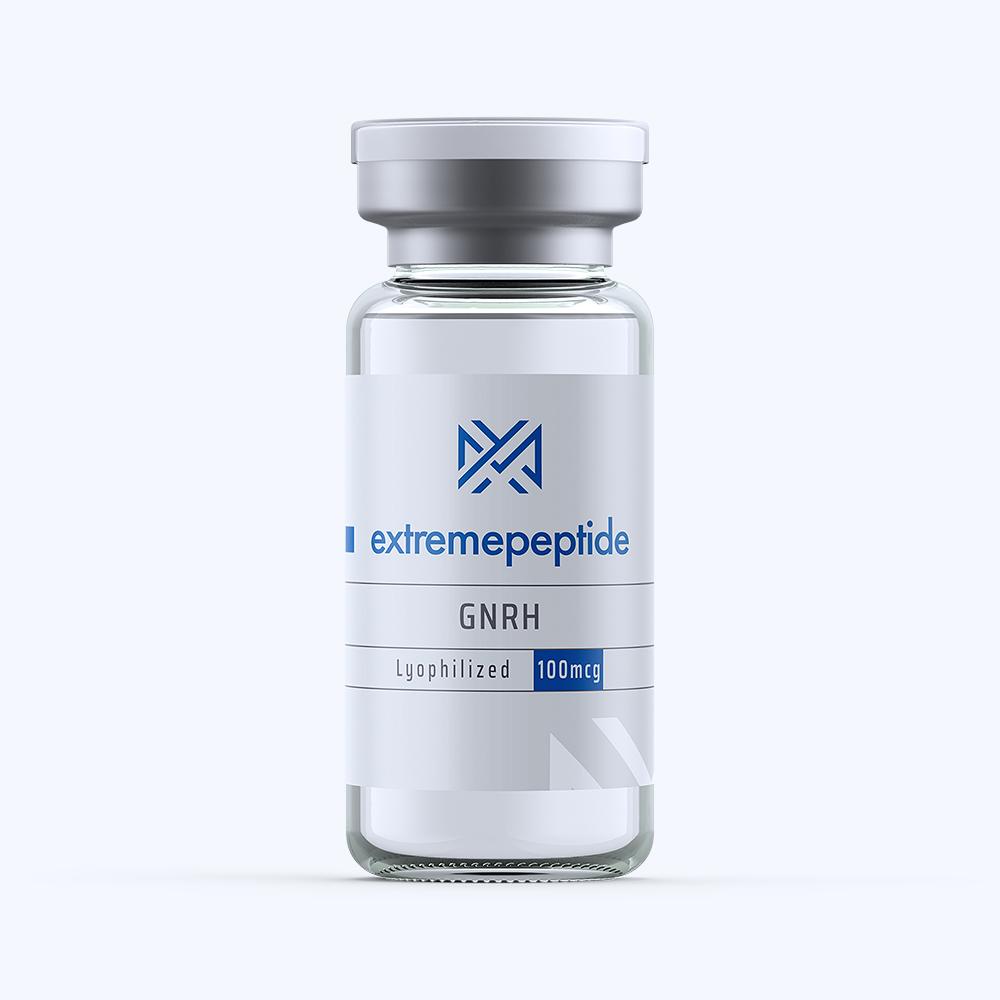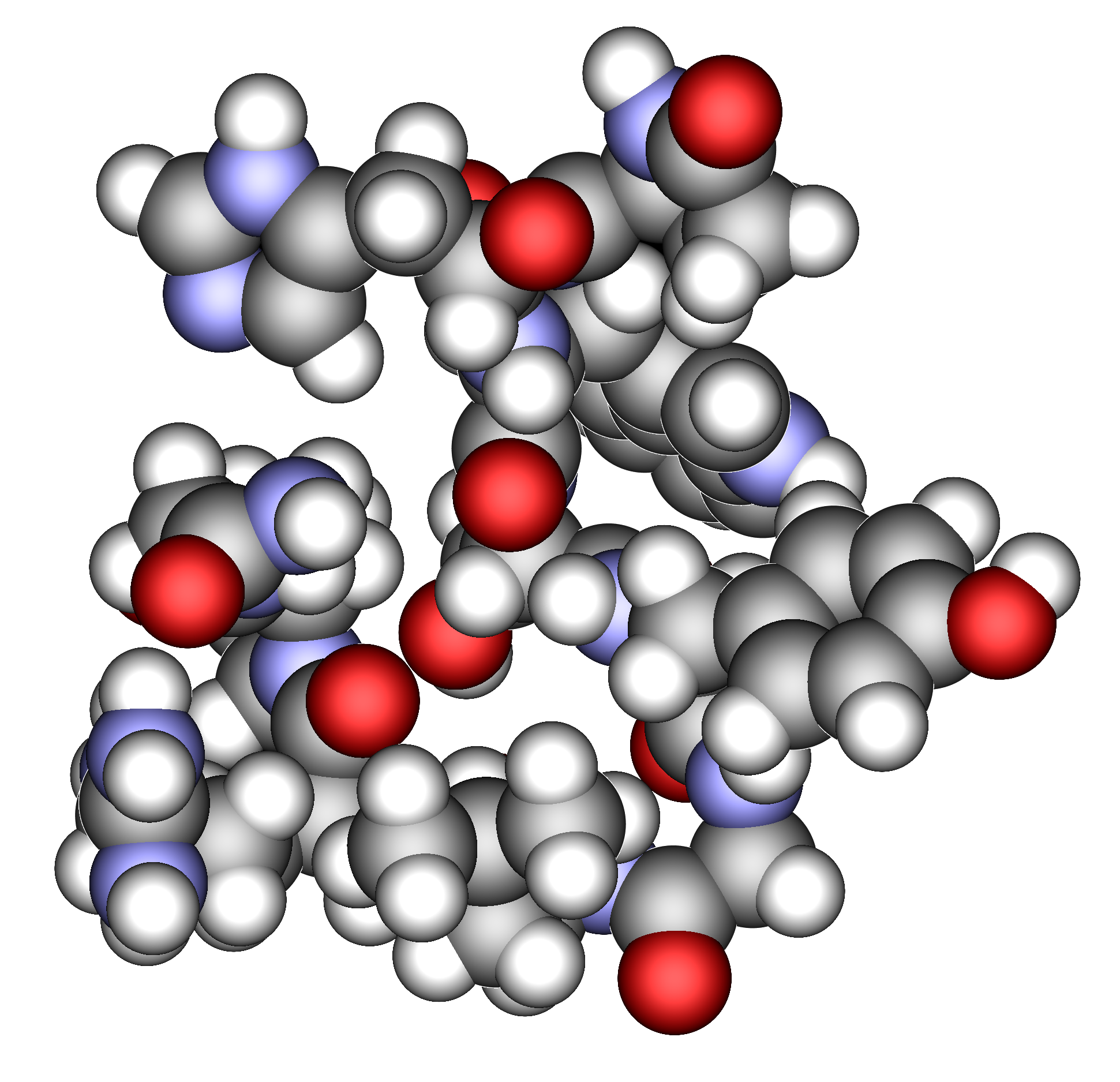(Click here to read our disclaimer)
(Click here to buy GnRH in our store)
 GnRH refers to the gonadotropin-releasing hormone which may also be known as the luteinizing hormone releasing hormone or LHRH. This is a trophic peptide hormone that is used as a follicle stimulator as well as a lutenizing hormone within the anterior pituitary.
GnRH refers to the gonadotropin-releasing hormone which may also be known as the luteinizing hormone releasing hormone or LHRH. This is a trophic peptide hormone that is used as a follicle stimulator as well as a lutenizing hormone within the anterior pituitary.
In a natural setting, GnRH is synthesized and then released from the neurons of the hypothalamus. When experimenting with mammal subjects, such as rhesus monkeys, the product is synthesized from the 92-amino acid known as preprohoromne that is located in the preoptic anterior hypothalamus.
Study Related to Ovulation
Studies in He de France and Suffolk focused on how GnRH was secreted prior to ovulation in ewe.
- Previous studies established that physiological estradiol is accompanied by a sustained and significant surge of GnRH. However, these studies did not determine the consistency of this effect during a preovulatory LH surge.
- To better understand these effects, a group of ewe were gathered during their preovulatory period for further study. Jugular blood samples were taken in intervals throughout a 48 hour period. These ewes were examined during the follicular or luteal phases.
- Results showed that during the follicular phase, there was a significant increase of GnRH secretions, particularly before the surge of LH. The surges of GnRH were nearly 40x greater and lasted significantly longer than the LH surges. No ewes showed evidence of a GnRH surge during the LH surge or in the blood samples collected in the postmortem inspection of the pituitary portal vessels.
- Additionally, the pulse frequency during the GnRH surge was larger than the surge during the luteal phase. During the follicular phase the pulse frequency of GnRH increased again while the amplitude decreased as the surge continued to approach.
The results of this study help to demonstrate the GnRH secretions that occur prior to ovulation in the ewe. These secretions are dynamic in nature, starting off as slow pulses throughout the luteal phase and increasing in frequency throughout the follicular phase before culminating in a surge of GnRH.
Evidence for Pulsatile Release of GnRH
GnRH levels in rhesus monkeys were measured throughout a study to better determine the release patterns of this chemical in a natural setting.
- The portal blood from the hypothalamic-pituitary stalk was collected from female rhesus monkeys by cutting at the diaphragm sellae. This blood was continuously obtained for half hour intervals throughout the nine hour period with a constant exfusion pump.
- The GnRH fluctuations in the blood increased most prominently in those that were ovariectomized with peaks occurring every 1-3 hours.
- Three monkeys were administered estradiol at 1000 ng via IV to determine if this would have an impact on the decreasing the GnRH levels in these animals. Over the next two hours, there would be no decrease in the GnRH levels present in the monkeys.
The results of this study fail to provide any direct evidence for hypothalamic meditation within the pituitary LH pulsatile release. Additional study is required to better understand the workings of this cycle in primate subjects.
The ongoing study of the natural effects of GnRH will better assist scientists with creating a proper synthetic solution of this chemical.
Sources:
http://endo.endojournals.org/content/99/1/243.short
http://endo.endojournals.org/content/129/3/1175.short
Click here to view our entire PDF research library
Click here to view/download the PDF version of this article
